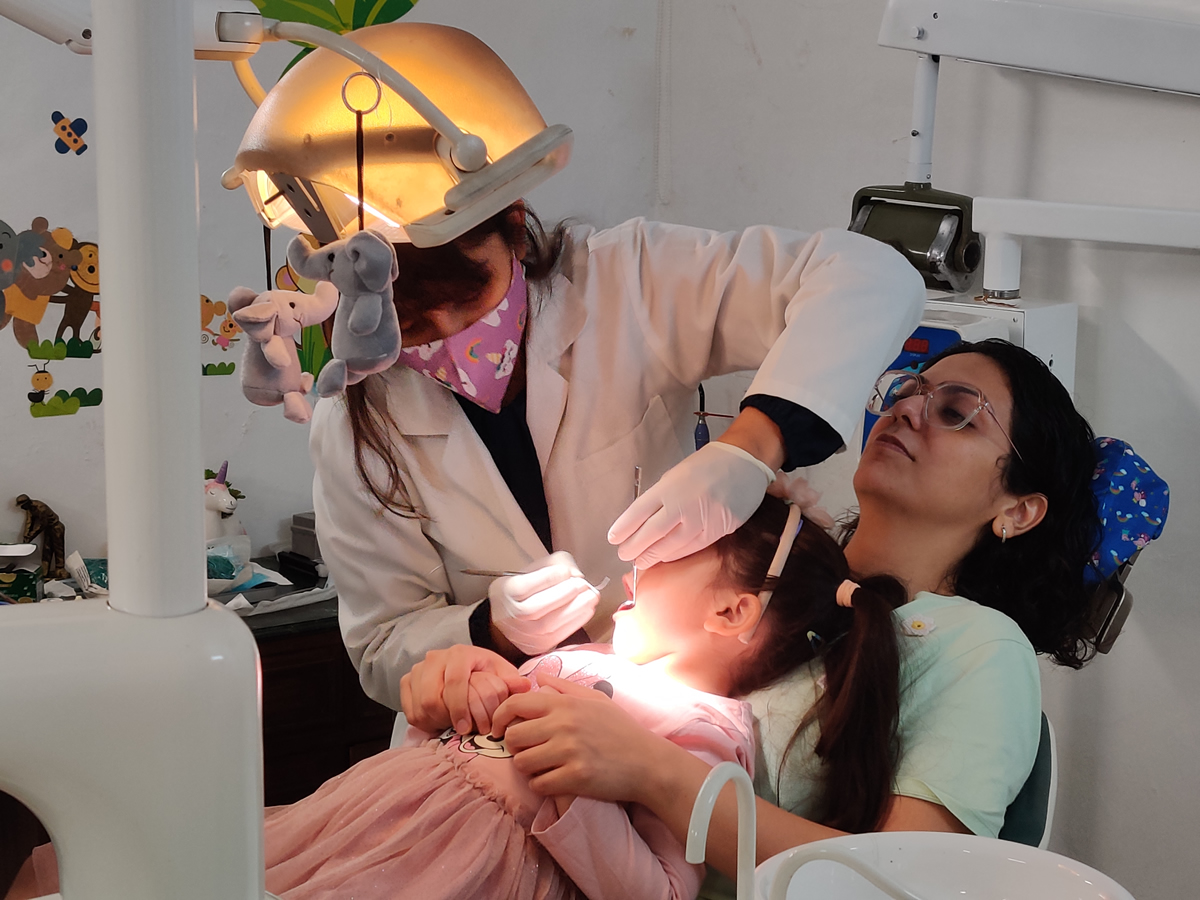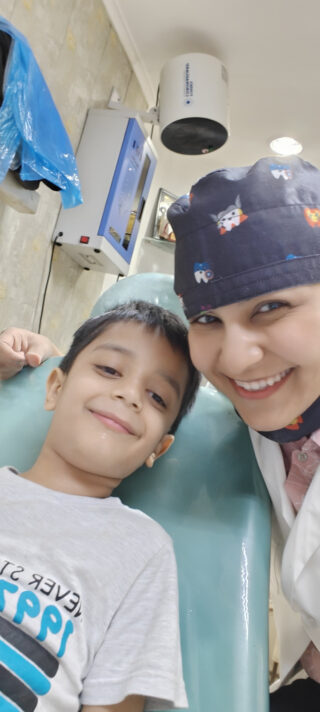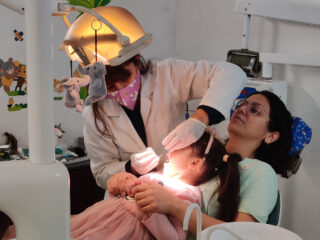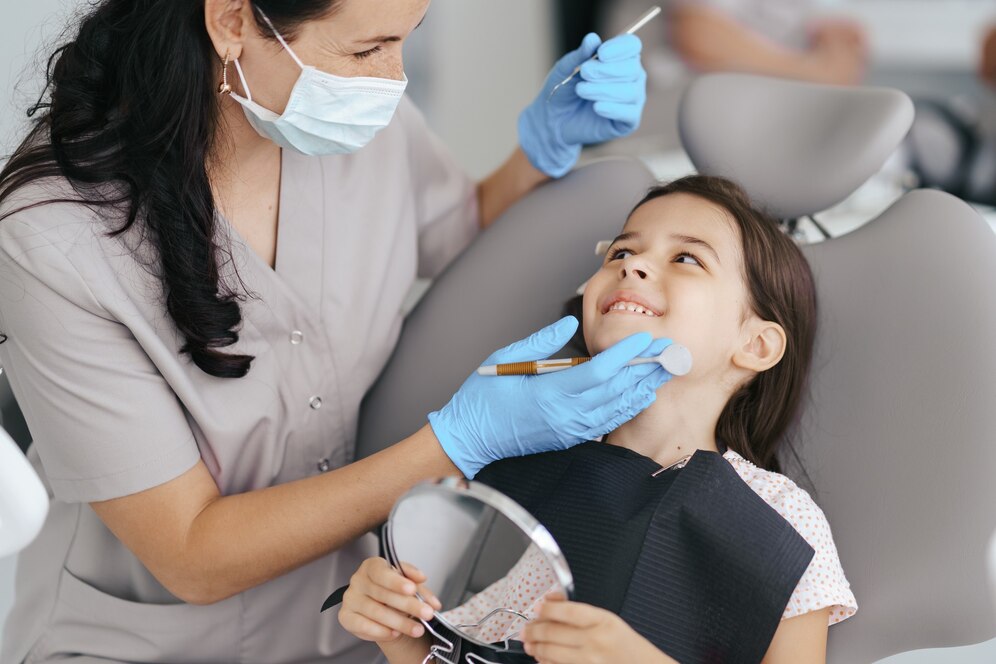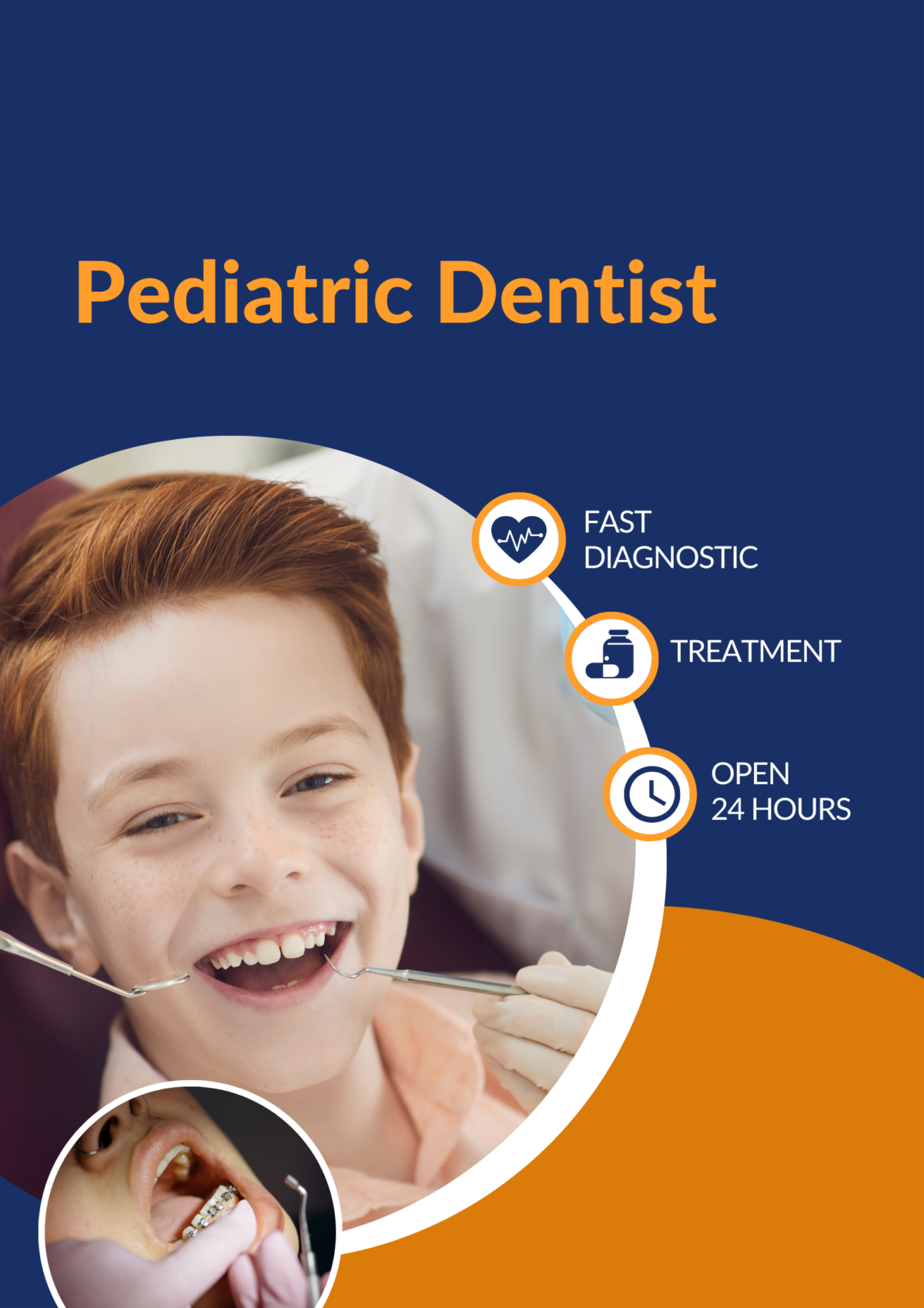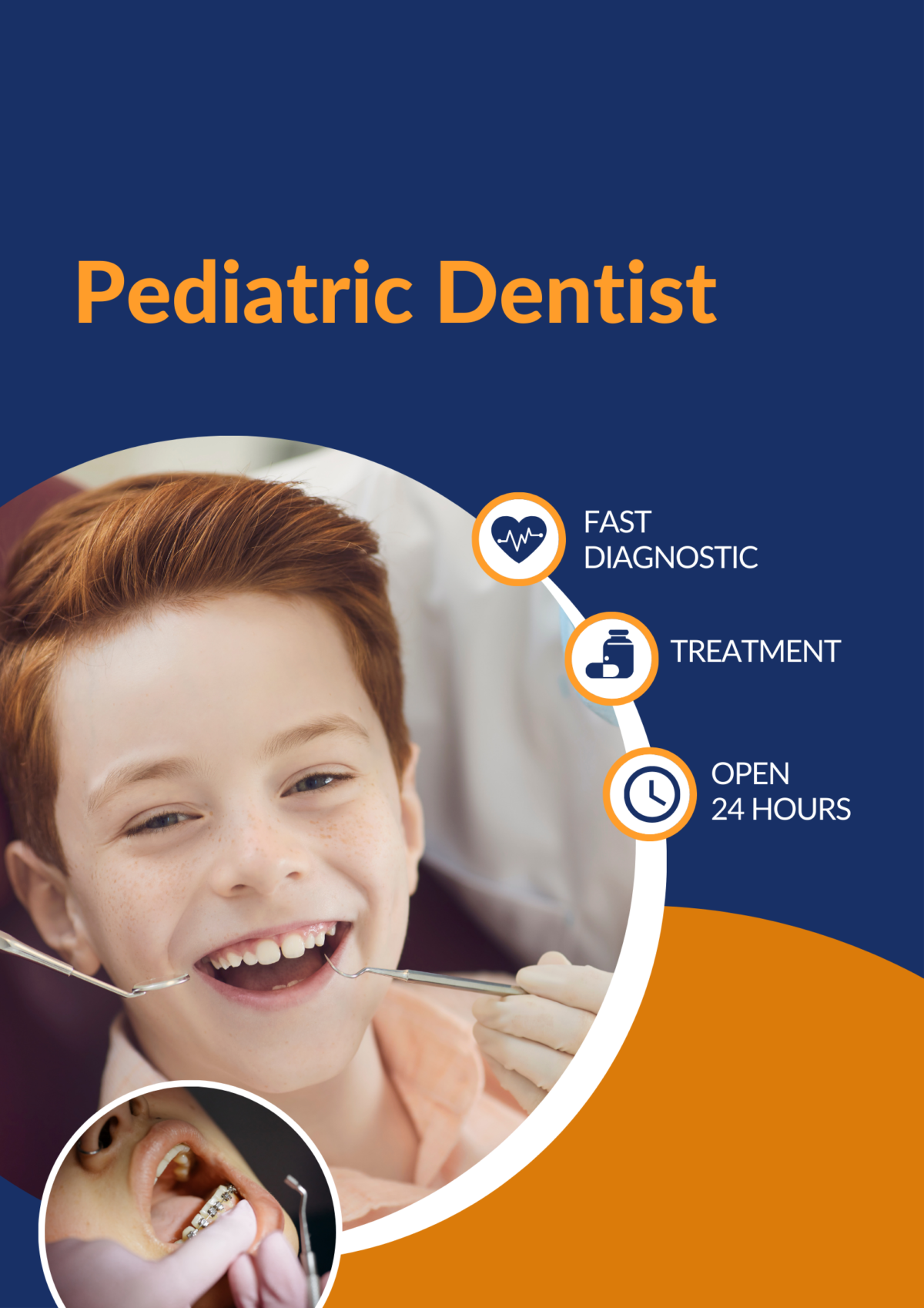Braces and Orthodontic Treatment in Delhi
HNM Dental Centre in Delhi provides expert guidance and treatment for braces and orthodontic procedures. With a team of specialized dental surgeons, including orthodontists, patients receive comprehensive care tailored to their specific needs. From traditional braces to modern aligner systems, HNM offers advanced solutions to correct dental misalignments and achieve optimal oral health.
Braces and Orthodontic Treatment in Delhi – Dental Implants in Delhi
Title: Exploring Dental Solutions: Bridges vs. Implants & Orthodontic Options in Delhi
Are you facing the dilemma of choosing between a dental bridge and an implant? Or perhaps you’re contemplating orthodontic treatment but unsure which option suits you best? Let’s delve into the pros and cons to guide you towards making an informed decision for your dental health in Delhi.
Bridges vs. Implants:
When it comes to replacing missing teeth, both bridges and implants offer viable solutions. Here’s a breakdown of their advantages and disadvantages:
Bridges: Pros: Faster Procedure: Bridges typically require less time for installation compared to implants.
Cost-Effective: They tend to be more budget-friendly upfront.
Minimal Surgery: Bridges involve minimal surgical intervention, making them suitable for some patients.
Cons:
Adjacent Tooth Involvement: The placement of a bridge involves preparation of adjacent teeth, which may compromise their integrity.
Potential for Decay: Due to difficulty in cleaning underneath the bridge, there’s a risk of decay over time.
Shorter Lifespan: Bridges may need replacement sooner compared to implants.
Dental Implants: Pros:
Long-Term Solution: Implants offer a durable, long-lasting solution for tooth replacement.
Preserves Adjacent Teeth: Unlike bridges, implants do not require alteration of adjacent teeth, preserving their natural structure.
Bone Preservation: Implants help maintain bone density in the jaw, preventing bone loss over time.
Cons:
Longer Process: Implant placement involves a longer treatment process, including healing time.
Higher Cost: While implants offer superior longevity, they often come with a higher initial cost.
Surgery Required: Implant placement involves minor oral surgery, which may not be suitable for all patients.
Orthodontic Options in Delhi:
If you’re considering orthodontic treatment to achieve a straighter smile, you have several options available. Let’s compare three popular choices:
Aligners:
If discretion and comfort are your priorities, aligners like Invisalign could be the solution for you. They’re virtually invisible, removable, and offer minimal irritation with their smooth plastic construction.
Self-Ligating Braces:
For a faster treatment process and easier maintenance, self-ligating braces provide a convenient option. With built-in clips, they require fewer adjustments and promote better oral hygiene throughout treatment.
Conventional Braces:
Time-tested and versatile, conventional braces remain a popular choice for correcting various orthodontic issues. They’re cost-effective and incorporate modern advancements for improved comfort and aesthetics.
Braces and Orthodontic Treatment in Delhi
At HNM Dental Centre in Delhi, our team of specialized dental surgeons is dedicated to providing comprehensive dental care tailored to your unique needs. Whether you opt for bridges, implants, aligners, or traditional braces, our goal is to help you achieve a confident smile and improved oral health.
Schedule a consultation with us today to explore your options and embark on your journey towards a healthier, more radiant smile. We look forward to welcoming you to our clinic and witnessing your smile at its very best.


